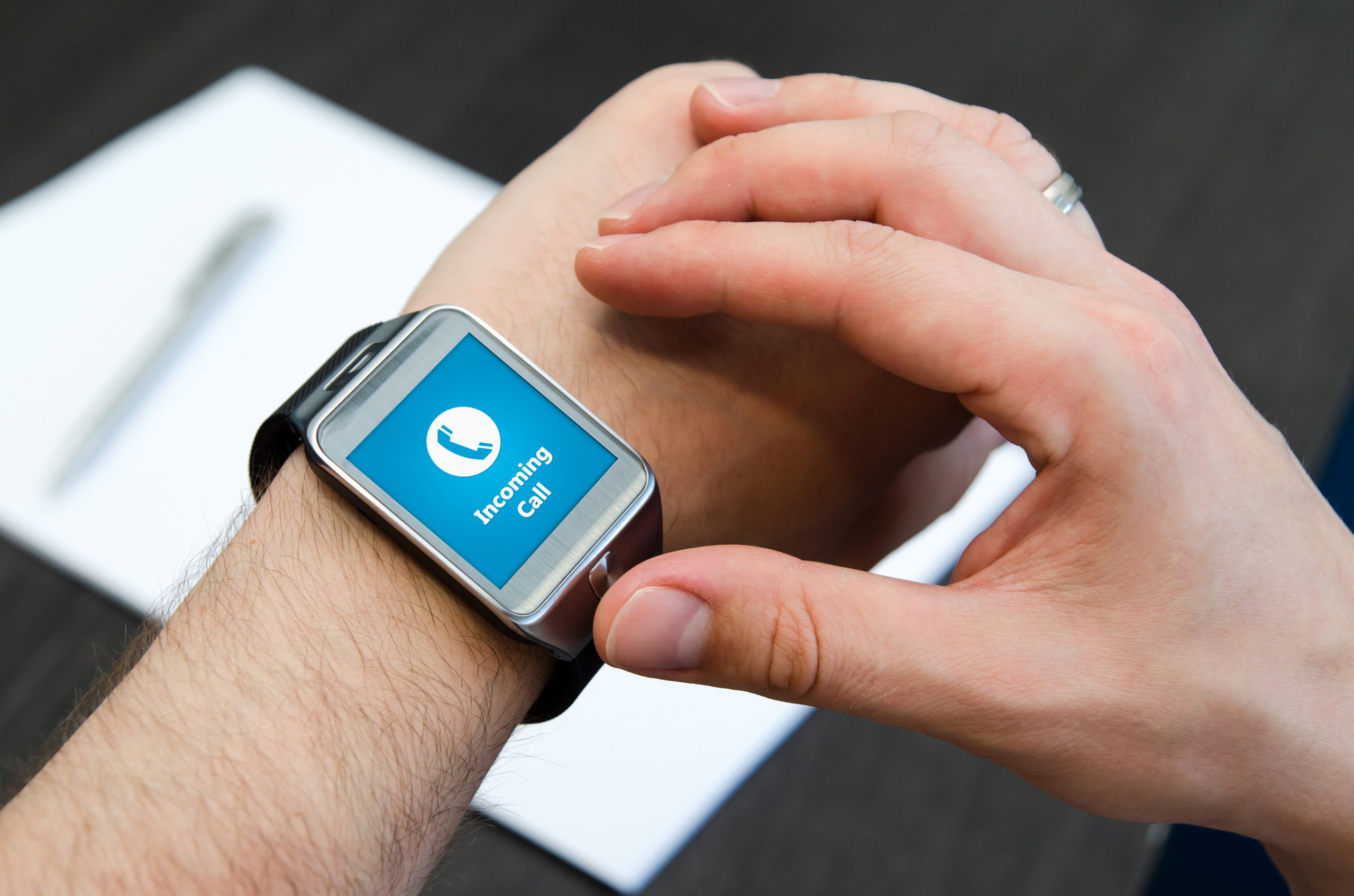
(c)iStock.com/Piotr Adamowitz
With 250 million wearables predicted to be in use by 2018, the opportunities for marketers to look into push contextualised content via this medium has never been better.
The wearable tech market is maturing. New, more advanced devices are becoming available to consumers – including Apple’s upgraded Watch operating system – and virtual and augmented reality are already leaving their footprint on the marketing landscape.
That’s something global digital director at GSK, Kai Gait, agrees with. He spoke at the Digital Marketing World Forum in London this week about the wearable opportunities that exist for marketers – as well as explaining how you can do this without being intrusive or inconveniencing consumers.
Using the example of Google’s Project Jacquard and Disney’s Magic Band, Gait outlined how the bigger brands are already using wearables to present users with streamlined and simple experiences.
Wearables as ‘companions’
But making use of mainstream wearables such as smartwatches, which currently act like a ‘trigger’ for consumers, is one affordable way marketers can get engaged, without having to create their own device.
The LG Watch Urbane 2nd Edition claims to be the first cellular connected smartwatch on the market, but aside from this, every other smartwatch requires a phone to work. This means when a user gets a notification, they generally ‘bridge across’ to reply to a message or open an app on their smartphone.
Therefore, Gait says, any experience you provide to a consumer, as a brand, needs to be “seamless and create convenience”.
The time to start pushing content onto wearable devices is when you see around 1 – 5% of your traffic coming in from those devices, he adds.
Contextualise notifications
“The experience we need to create with wearables needs to be hyperlocal and GPS is going to really facilitate this. For example, Facebook has recently announced products to target in store browsers”.
GSK has its own app for asthma sufferers, MyAsthma, which presents information to asthma patients at relevant times, lets them know when their environment is going to change and of any risks. For example if they are travelling to another city and the pollen count is quite high there, they’d need to take precautions.
So pushing notifications via smartwatches to asthma sufferers using the app means they can receive the knowledge sooner and prompt them to take action.
Gait adds that there’s huge potential for wearable devices in marketing, aside from basic contextualisation, including the ability to harness the power of people’s emotions. Many smart devices use sensors, which track things like heart rate.
“For example, could you use a sensor to gauge someone’s emotion, to see if someone is happy or excited, and determine what the next type of content to push across is, at the right moment?” he says.
But as marketers will already know, there is an ongoing conversation about privacy and intrusiveness – so if you do go down the wearable route, do take this very seriously.
Four learnings
To summarise Gait’s talk, he provided four learnings for marketers when creating wearable content:
- Solve problems
- Use micro context
- Be contextual
- Be cautious
Does your brand create wearable content or is this something it’s considering?





